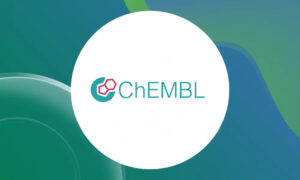
ChEMBL 36 is live
ChEMBL 36 release release brings the total number of drug targets to 17, 803 and provides access to 2.8 million distinct compounds.
2025
updates-from-data-resources
Showing results out of

ChEMBL 36 release release brings the total number of drug targets to 17, 803 and provides access to 2.8 million distinct compounds.
2025
updates-from-data-resources

In the era of data-driven biology, integrating information from different resources is essential yet often challenging. The BioChemGraph project addresses this challenge by creating infrastructure that consolidates structural, functional, and biochemical annotations for small molecules and their…
2024
updates-from-data-resources

Sara Fahs, who did her PhD from EMBL Heidelberg and is one of the newest members of the EMBL alumni association board, writes about key insights from her journey in science and her work on medicinal chemistry, during a career spanning academia and industry.
EMBLetc2023
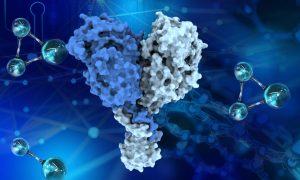
A new paper from the Galej group at EMBL Grenoble describes the structure of key parts of the Integrator complex, involved in gene expression.
SCIENCE & TECHNOLOGY2021
sciencescience-technology

Funding by the European Research Council (ERC) will support research on the timing of developmental processes in mammals
EMBL ANNOUNCEMENTSLAB MATTERS2020
embl-announcementslab-matters
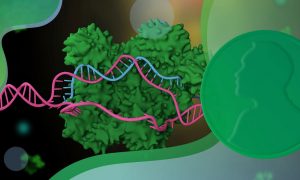
The genome editing tool CRISPR–Cas9 – which plays a critical role in EMBL’s research – was recognised by the Nobel Prize in Chemistry.
SCIENCE & TECHNOLOGY2020
sciencescience-technology

To study the effect of commonly used drugs on bacterial envelopes, EMBL scientists applied a biochemical assay using a colour reaction. The deeper the red, the stronger the disruptive effect of the drug.
SCIENCE & TECHNOLOGY2020
picture-of-the-weekscience-technology
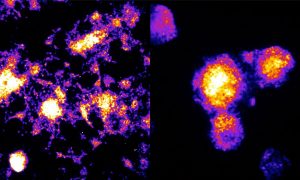
The internal clock that governs the development of embryos ticks slower for humans than for mice. Differences in the speed of biochemical reactions underlie the differences between species in the tempo of development.
SCIENCE & TECHNOLOGY2020
sciencescience-technology
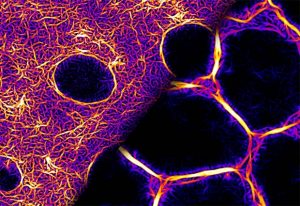
New insights into mechanisms behind embryonic development
SCIENCE & TECHNOLOGY2019
sciencescience-technology
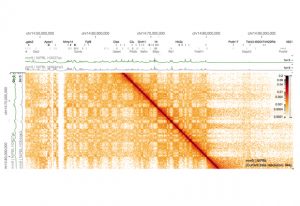
EMBL recognises the outstanding work of alumni with the John Kendrew and Lennart Philipson Awards
EMBL ANNOUNCEMENTS2018
alumniembl-announcements

How a research technician with a master’s degree contributed to Nobel Prize-winning work
PEOPLE & PERSPECTIVES2017
alumnipeople-perspectives

EMBL alumnus recognised for cryo-electron microscopy work
EMBL ANNOUNCEMENTS2017
embl-announcementsscience

Storage of pre-made nuclear pores allows for rapid cell division in fruit fly embryos
SCIENCE & TECHNOLOGY2016
sciencescience-technology

New technique reveals uncharted docking sites in RNA-binding proteins
SCIENCE & TECHNOLOGY2016
sciencescience-technology
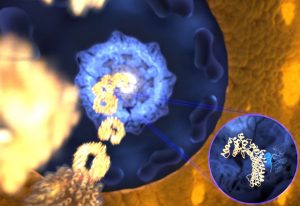
Spaghetti-like proteins are surprisingly effective 'keys'
SCIENCE & TECHNOLOGY2015
sciencescience-technology
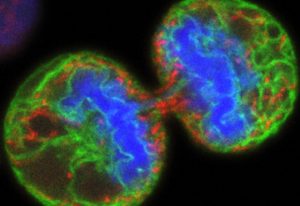
Collaboration between scientists reveals collaboration between lipids.
SCIENCE & TECHNOLOGY2015
sciencescience-technology
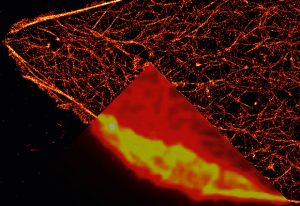
How Nobel-winning work by alumnus Stefan Hell shapes and inspires current EMBL scientists' research.
SCIENCE & TECHNOLOGY2014
sciencescience-technology
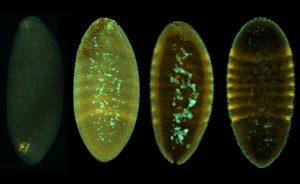
How fruit flies beat the cold, plus the value of precisely controlled experiments and detailed analysis
SCIENCE & TECHNOLOGY2014
sciencescience-technology

Edward Lemke edits special issue of ChemBioChem on boom of technology for genetic code expansion
SCIENCE & TECHNOLOGY2014
sciencescience-technology

EMBL scientists regularly receive prestigious awards - meet the latest honourees
LAB MATTERS2014
lab-matters
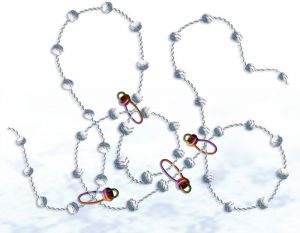
As any rock-climber knows, trailing a long length of rope behind you is not easy. A dangling length of rope is unwieldy and hard to manoeuvre, and can get tangled up or stuck on an outcropping. Cells face the same problem when dragging chromosomes apart during cell division. The chromosomes are…
SCIENCE & TECHNOLOGY2011
sciencescience-technology
In the December 6 issue of Nature Biotechnology, scientists from 14 different organizations around the world, including the EMBL-European Bioinformatics Institute, propose a new quality standard for biochemical models. MIRIAM [for Minimum information requested in the annotation of biochemical…
LAB MATTERSSCIENCE & TECHNOLOGY2005
lab-mattersscience-technology
No results found